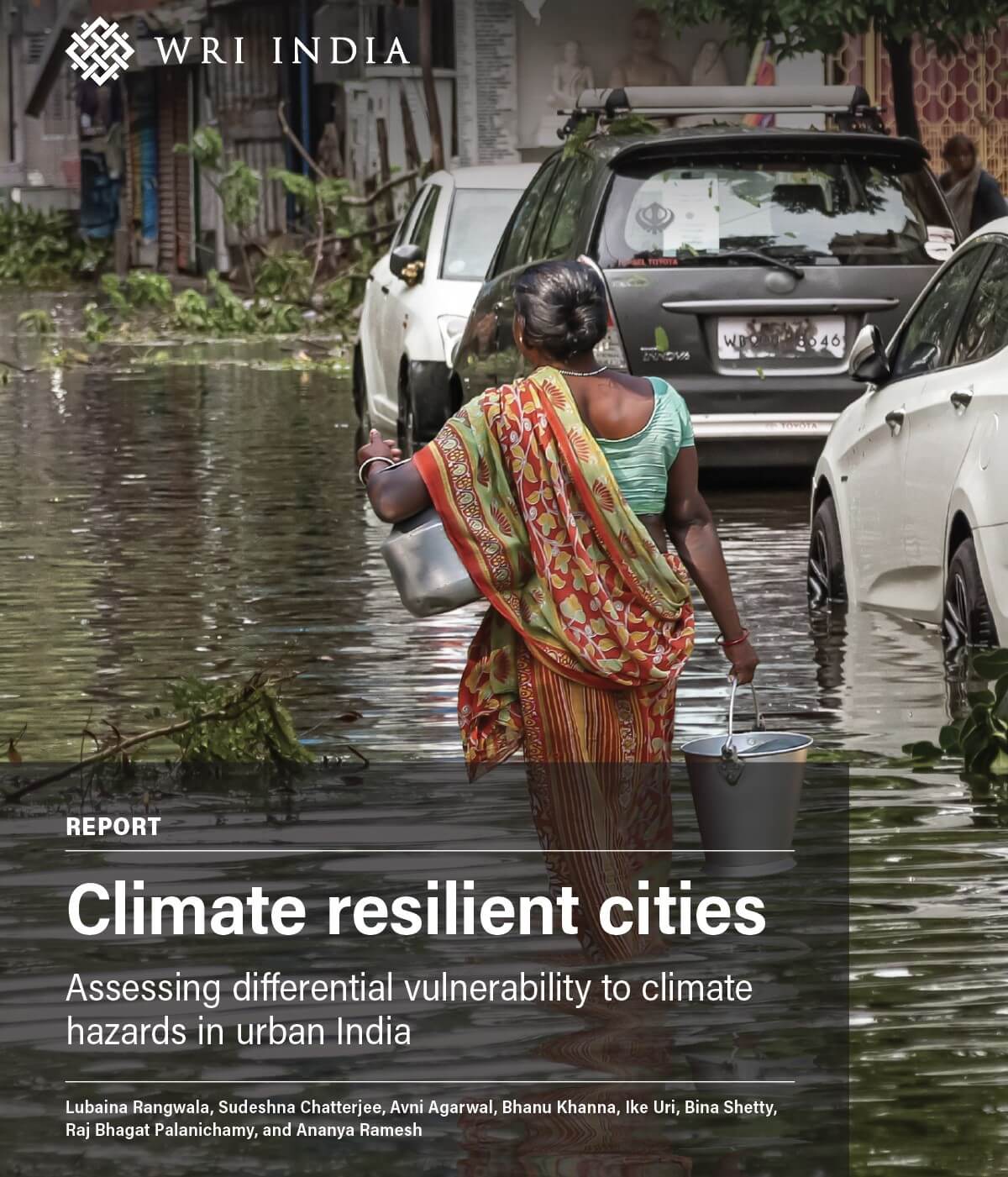Strategic approach to resume Delhi’s urban bus service post-COVID lockdown
by e -
This blog was originally posted on NIUA.org.
Fear of infection from COVID-19 and the lack of adequate bus services has forced many choice riders to shift to private modes. Cities across India including Delhi, Mumbai, Bengaluru , Hyderabad, Chennai and Kolkata have witnessed a decline in public transport ridership. As recommended by MoHUA in 2011-12, for cities with population over four million 50 buses are required for every one lakh population. At that point, these cities witnessed an overall deficit of 33%. Delhi, especially, was way behind in terms of public transport infrastructure, with only 56.5% of the required 11,000 buses . In the face of the pandemic these limited services had to serve transit demand while conforming social distancing and sanitization norms.
Challenge to support high transit demand with safety
Delhi had over 6,000 buses servicing a pre-pandemic ridership of over 32 lakh daily, while the Delhi metro served a daily ridership of 29 lakh . Put together in Delhi 47.5% of total trips were undertaken either for work or business. As the city reopened for business on May 19, these were the trips that were expected to resume. A large percentage of these, were bus users who are captive riders, i.e., people who do not own any private vehicle.
Another situation unique to Delhi was high demand to support due to the absence of metro-services. Share of urban public transport trip by Delhi metro is four times higher than public transport trip share by metro system of other cities like Mumbai, Bengaluru and Hyderabad. Since the metro service was not operational until mid-September 2020, it meant that in early phase of unlock buses and intermediate public transport (IPTs) were expected to cover additional demand.
| City |
Bus Ridership (pre-lockdown) |
Metro Ridership (pre-lockdown) |
Percentage of Metro trips Under Public Transport |
|
Delhi |
47.4% |
||
|
Bengaluru |
12.6% |
||
|
Mumbai |
12.5% |
||
|
Hyderabad |
10.8% |
||
|
Chennai |
3.5% |
As city resumes work, the bus services had to be prepared for a massive demand. It was anticipated that the insufficient public transport services along with fear of infection would lead to increase in private vehicle ownership, a likely irreversible and undesirable shift. This shift could feed directly into traffic congestion, in turn increasing travel time and air pollution; a risk our capital city saw much in advance. Due to this, Delhi decided on resuming supply-based services with its full capacity.
Supply based strategy to deliver safe urban mobility
Delhi was among the first few cities that resumed its bus services immediately in May, the bus services were resumed on all routes with seating capacity of 20 people per bus. Specific Standard Operating Procedures (SOPs) were developed and implemented for COVID safety and sanitisation. By September, Delhi added 5% fleet, delivering 13% more vehicle kilometres along with 9% more staff productivity to tackle the overall captive demand while conforming to safety norms. This increase in fleet supply reflected in lower load on public transport. The buses were 40% less congested, ensuring successful measures maintaining social distancing onboard. Initially, over 1,400 buses were earmarked for COVID duty supporting safe transit requirements for medical personnel, migrant labours, etc. The authorities also took to technological solutions to combat spread of the virus by developing and testing app-based ticketing.
In Delhi strategies adapted to help resume bus services focused on retaining passengers’ trust on safe and reliable commute. The increase in bus services helped Delhi regain 45-50% of its pre-pandemic ridership by September. Educational trips that contribute to nearly 39% of Delhi’s bus trips continue to remain largely absent and would regain as restrictions are uplifted. Hence the bus system needs to be better prepared.
Aligning bus services towards safety and sustainability
The Delhi public transport system had a strong recovery pattern among tier-1 cities in India. The initiatives taken by the Delhi government went a long way in helping the buses regain their former ridership. Having said that, the current pandemic situation continues to pose numerous challenges and travel demand patterns stay changed due to flexible work from home norms. Delhi could further strengthen its efforts for improving public transport by adopting strategic planning initiatives such as through data analysis the new demand patterns may be analysed and the existing fleet can be redistributed depending on the load. The city could initiate a periodic process to access route efficiency and realign schedules to improve service levels. This strategy may be used to strengthen trunk routes connecting major activity centres in the city. Going forward, Delhi could develop bus priority and/or express services connecting high demand activity centres. This would not only save travel time but also improve vehicle productivity and ensure incremental supply. In addition, such routes can be conductor less (ticketing only at boarding stop) thus, improving operational cost per kilometre of the routes while reducing interaction and inconvenience of on-board ticketing.
The challenge presented by the pandemic was to provide mobility for all while ensuring the passengers’ safety and social distancing. Delhi, with its supply-based approach, has set a path for sustainable mobility, ridership recovery and continues to witness a positive outcome with its constant effort. Now as Delhi prepares for bus operations under complete unlock, the next thing to look out is how the city bus system can be evolved and restructured itself to attain transit reliability and sustainability in the post-COVID era.
Views expressed are the authors own.


